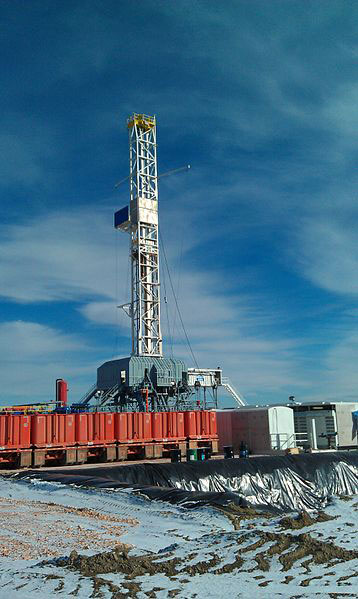The “shale revolution” that occurred after the advent of universal implementation of horizontal drilling and massive, multi-stage hydraulic fracturing, was dramatically impacted by the collapse of oil and gas prices.
The "shale revolution" that occurred after the advent of universal implementation of horizontal drilling and massive, multi-stage hydraulic fracturing, was dramatically impacted by the collapse of oil and gas prices.
Many predicted that U.S. shale production would come to a complete halt because of the high costs of completion and stimulation, and the subsequent fall from economic viability.
The steep decline rates were viewed as the Achilles heel of U.S. shale production. The typical shale well was basically "flatline" within 24 months. What that meant was that the flush production (first six months or so) had to pay for the well, and production after that would constitute the return. If the price of oil collapsed from $120 per barrel to $35, it was impossible to do anything but hemorrhage.

However, a better understanding of geology and new engineering / technology changed that. Yes, the decline rate is just as steep as ever. However, the initial production is more than double what it once was. For example, Permian Basin horizontal wells' initial production averaged (in 2012) 350 barrels of oil per day (BOPD). However, thanks to new techniques and a better understanding of geology (and the "sweet spots") the average horizontal well's initial production increased to 600 BOPD. These statistics were compiled by the Oxford Institute for Energy Studies in November 2016 in their report, "Unravelling the U.S. Shale Productivity Gains," which took a close look at the Eagle Ford, the Permian Basin, the Williston Basin/Bakken, and the Powder River Basin.
These findings are good news for operators, geologists, and engineers. First, it means that geology matters. Harnessing a knowledge of geology along with better understanding of the realities of induced fractures, proppant behavior, frac fluid optimization, and frac design can double or even triple the primary production from a shale well. And, the companies are doing the drilling and completion at a lower cost. So, wells can be economic even at lower oil and gas prices.
It also means that not all shale plays are created equal. The Permian Basin continues to be the economic winner, mainly because there are multiple pay zones ("stacked pays"). It also means that not all operators are created equal. For example, EOG is universally acknowledged as a leader in sweet spot identification, and reduction of drilling, completion, and stimulation costs. Other operators have not had the same success.
What are the lessons learned and how can they be implemented going forward?
- understand the geology to identify sweet spots and optimize the frac design
- be able to use the latest engineering breakthroughs (drilling, frac design, etc.)
- avoid frac waste
- manage produced water ethically and economically
To go into more detail, the full report, "Unravelling the US Shale Productivity Gains" published by the Oxford Institute for Energy Studies can be downloaded for free at
https://www.oxfordenergy.org/wpcms/wp-content/uploads/2016/11/Unravelling-the-US-Shale-Productivity-Gains-WPM-69.pdf